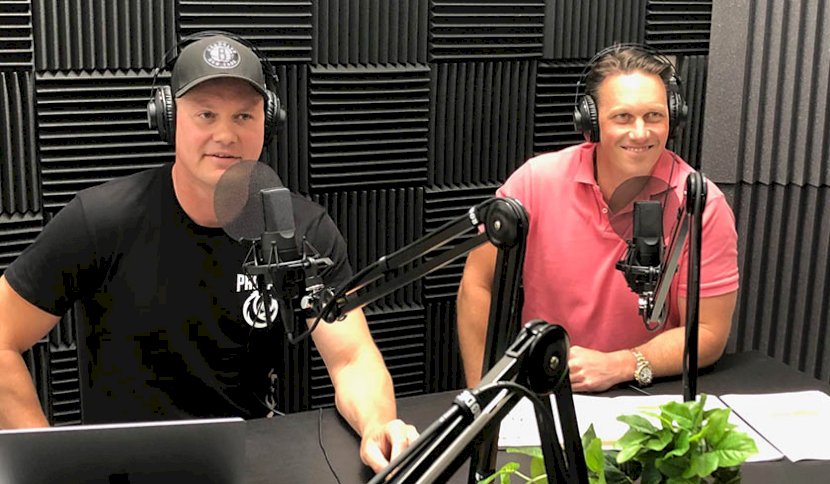How to correctly set up your team
Property investing is more than just purchasing the right place, with investors needing a team of experts in order to gain maximum bang for their buck, an industry expert has revealed.

During a recent episode of Australian Wealth Builders with OpenCorp, hosts Cam McLellan and Michael Beresford gave a step-by-step guide as to how to build a successful property team.
Step 1 - Have your team playing the right position
The first step in creating a successful property portfolio is surrounding yourself with the right team.
“It’s just like setting up your footy team”, Mr McLellan said.
“A footy team is no good if you have five superstar full forwards in your team because there is going to be conflict and they all do the same thing. You don’t have any defenders or midfielders, you have a complete imbalance.
“So it’s important you have the right team members specifically doing the right jobs.”
The property expert said investors should consider including mortgage brokers, specialist advisers such as property or investment advisers, conveyancer, lawyer, accountant and insurance adviser.
“They each have a specific role that has to be played to execute a function and get you moving forward,” Mr McLellan continued.
“That’s why when accountants start giving clients advice on mortgages or a mortgage broker starts giving advice on property selection that’s where people start to fall down because you have your team playing out of position.”
Step 2 - Competency in their role
The pair pointed out investors have specific needs meaning the team needs to be built around experts who understand property investing.
“It’s not about getting a $1000 an hour lawyer, it’s about getting people competent in their role,” Mr McLellan said.
“For example mortgage brokers. The vast majority of home loans are set up for people buying their own home. So the law of averages says the majority of mortgage brokers are good at setting up home loans.
“A mortgage broker who understands investment structures is probably the most important asset in your team.”
Step 3 - Getting the right broker
The property experts urged investors to ensure they have the right financial team around them, to ensure they minimise risk as well as lowering expenses.
“When you’ve got a cash deposit and looking to buy your first property, the red flags are what’s the interest rate as the first question, instead of discussing what you want to achieve and education around the features of the loan and specifically how the lender fits into an investment portfolio,” Mr McLellan said.
“This might seem obvious but a lot of banks have different things about how much equity they’ll let you establish as an equity loan that you need to be the deposit and cost for the next loan.
“So effective planning is about thinking about the second and third set while wrapping your head around the first.”
The property expert also told investors to use caution when using the equity around their own home.
“If you’re an existing asset holder, the biggest red flag is when a broker wants to refinance your existing mortgage and take that across to a new bank and get you a loan for an investment property through that same bank,” Mr McLellan said.
“What it’s called is cross collateralisation. From a risk perspective, you don’t want that. If something happens to you or your investment the easiest way for the bank to get your money back is to sell your owner occupied house.
“That is just making a bad situation a whole lot worse.
“So the structure we want to look at is stand alone loans at an absolute minimum ideally a different bank having a loan for the investment compared to the bank that has your mortgage.”
To hear the full tips and tricks from Mr McLellan and Mr Beresford click here.
